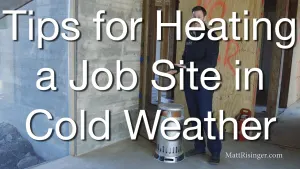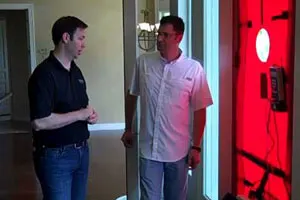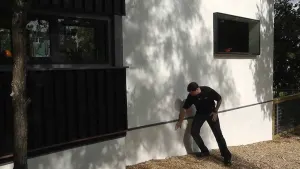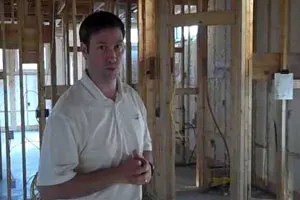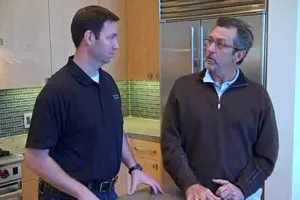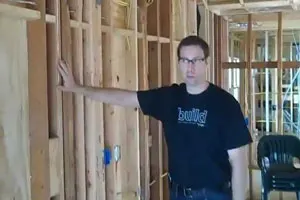
Fluid-Applied Air Barriers Intro
Protecting the building envelope from weather, moisture, and air filtration is historically achieved using cost-effective sheet-based wraps. More recently, the advantages of fluid-applied air barriers, a singular, monolithic coating that bonds to exterior sheathing without using fasteners, have gained in popularity.
However, some builders believe that fluid air barriers are too expensive for their projects. Let's look at why they are actually one of the most cost-effective solutions available when all things are considered.

What's Eliminated When Using Fluid-Applied Barriers?
When we look at the cost of doing anything, we also need to consider the cost involved with what we might no longer need to do. For example, when we use a fluid-applied membrane for window and door openings, you no longer have to take the time to measure and install individual pieces of peel-and-stick membrane. The following, all fluid products, are examples of what is available for use in this category:
- VB (Vapor Barrier) is a fluid-applied air and water-resistive barrier that stops air and water leakage in cavity walls, masonry veneer construction, stucco, EIFS, and most other building wall assemblies.
- FastFlash is a liquid flashing membrane available in gun or roller-grade for use in rough openings, to fill joints and seams, to counter-flash waterproofing and air barrier components in new or existing wall assemblies, and to seal around penetrations. It can be used independently or with other R-Guard products to prevent water and air movement through building envelopes.
- Joint & Seam Filler is designed to fill openings and create transitions where flexible reinforcement is required to bridge significant gaps and provide continuous support for fluid-applied flashing membranes, waterproofing, or air barrier components. For example, if a carpenter left a half-inch hole that needed to be filled, all that's necessary is to fill the void with spray foam, cut it flush with wood framing and use Joint & Seam Filler. Using mesh or additional tape is no longer necessary, as fiber reinforcement is embedded in the product.
- Cat 5 and FastFlash together are used for post-install holes and penetrations for the wall field or around the rough openings, respectively, to provide a self-sealing barrier.
It's a fact that additional holes in the envelope are inevitable. The scenario goes like this--your fluid-applied barrier is complete. You realize that the homeowner wants to add a hose, or the low-voltage guy forgot to install a camera at the back of the house and needs to drill a hole through the plywood or outside sheathing, or there's construction-caused damage to the barrier. Luckily, the fix is fast. Since the PROSOCO family of products all stick to each other, it's not difficult for someone on the job site to detail these last-minute holes with fluid-applied FastFlash or Joint & Seam Filler.
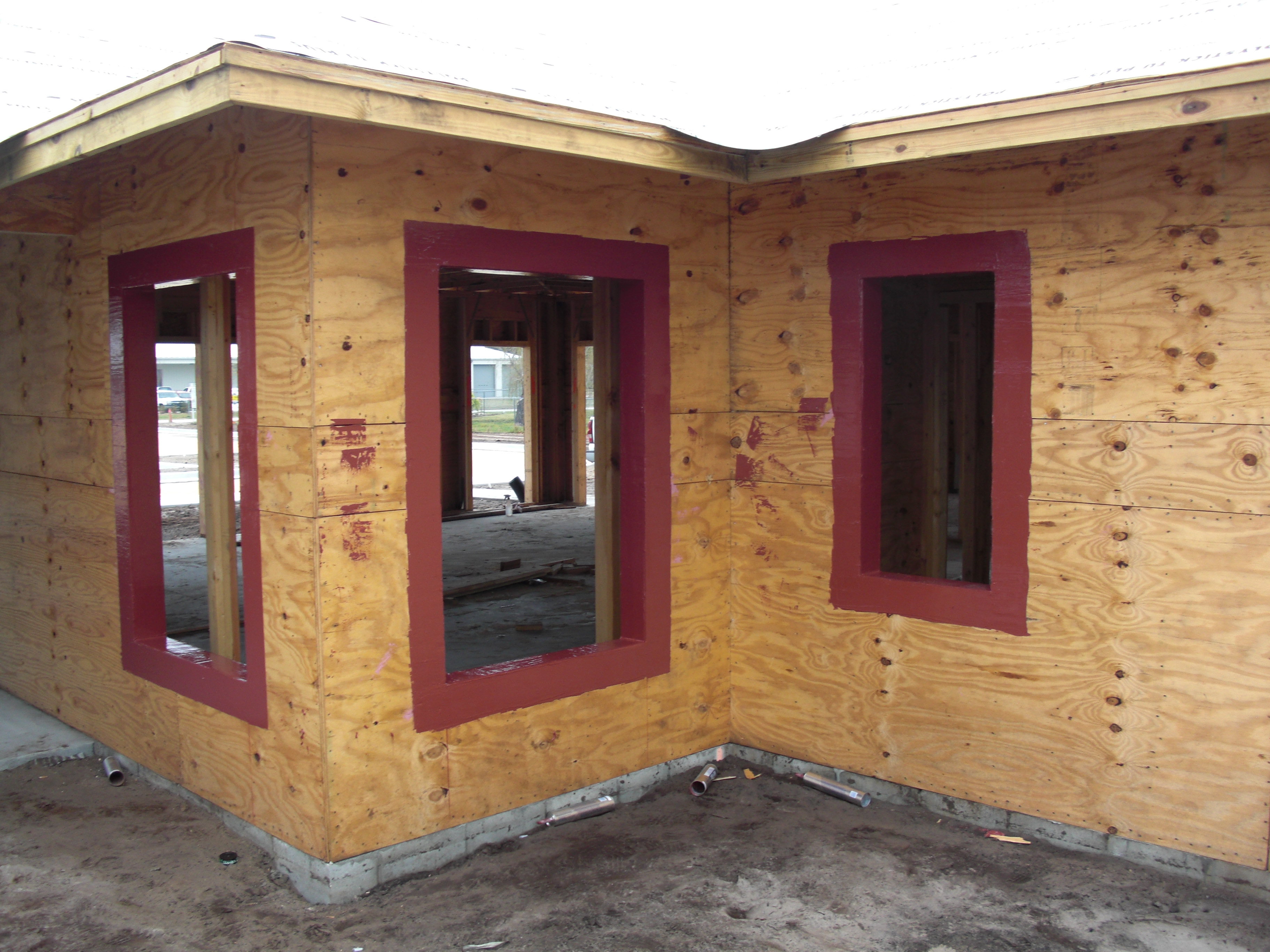
The True Savings of Fluid-Applied Air Barriers
When you consider all that is necessary to use sheet-based wraps (and to fix the inevitable holes), the time and labor cost is nearly equal to the cost of using fluid-applied barriers. In addition, PROSOCO liquid barriers are easier to inspect to see that the envelope is air/watertight. Fluid-applied barriers cut install time and labor costs, and since a primer is not required, the fluid-applied barrier is a faster and more cost-effective solution.
Performance-wise, liquid barriers do a better job. Builders are finding that this becomes apparent during blower-door testing. You'll need to go back less frequently to fix things—which always represents time and money saved.

 Share on facebook
Share on facebook Tweet
Tweet Email
Email Share on Linkedin
Share on Linkedin



